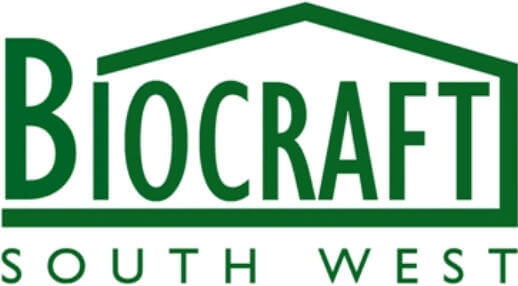A short guide to damp proofing – Biocraft South West
Whilst many sources of damp arise from little to no damp proofing in your home, there is a range of simple techniques that can help keep your home warm and dry. If left untreated or unidentified, severe cases of damp have left many homes with the permanent structural damage that require partial or complete rebuilds. As leading damp specialists in Bristol, we provide unparalleled damp proofing services for all domestic and commercial properties. For more information on how we approach damp treatment, call our dedicated team of qualified surveyors today on 01793 272085.
At Biocraft South West, we are equipped to tackle all sources of damp and moisture within your home. From our initial damp proof survey you’re in safe hands for all damp proofing Bristol. Our qualified damp proofing surveyors can restore your home to a dry, clean state. Below, we take a look at some of the causes and treatments associated with damp proofing Bristol.
Causes and Symptoms of Rising Damp
The severity of rising damp is affected by multiple factors and the good news is that it can be treated. Frequently found in older homes and commercial buildings, rising damp is defined by the upward flow of moisture through a walls structure. This moisture comes from nearby groundwater and rises up through the capillaries in the walls, and can change the consistency and strength of the building’s structure. You can quite often identify rising damp in your home, as the moisture absorbed from the ground also carried ‘ground salts’, which can cause paint to blister and bubble or wallpaper to peel. You may also notice the room to be colder than usual, as rising damp can compromise  insulative properties of your walls.
insulative properties of your walls.
Our surveyors commonly come across rising damp in properties with damaged or no damp proof membrane and where there is no damp proofing on internal walls. This causes the porous materials in walls to suck up and absorb water from the ground below. The more absorbent the materials within your wall are, the further rising damp can climb into your home. This is why older buildings are often more susceptible to rising damp as more porous construction materials (such as lime mortars) were used during their build.
Rising damp treatment
How can you reverse rising damp? First and foremost, all sources of dampness and moisture must be completely nullified before you can begin rising damp treatment. The source of moisture and damp is commonly suppressed with the introduction of a chemical damp proof course at the base of the walls affected. Once installed, all plaster and masonry damaged by the rising damp will be replaced with a unique plaster mixture. This specialist cement-based render is perfect for use in damp conditions and will suppress the residual moisture and ground salts.
Damp proofing internal walls
Damp proofing walls and preventing further rising damp will also require the installation of an appropriate damp proof course. Many of the sites we have surveyed have once had a damp proof course that has unfortunately eroded over time. Once made with thinner materials, these damp proof course installations have deteriorated and are no longer sufficient at suppressing rising damp.
The installation of a new damp proof course can be extremely dangerous, costly, and generally impractical. Modern day techniques to install an effective damp proof course into existing walls is by using a chemical damp proof course. This is achieved by injecting thixotropic creams into the affected walls, which will transform the existing mortar bed into a waterproof barrier.
Damp proofing specialists
 The installation of a chemical damp proof course should be installed no lower than 150mm above external ground level. This is to prevent the potential risk of ‘splash back’ from external surfaces. If installed incorrectly, the damp proof course could be bridged and result in the occurrence of low-level penetrating damp.
The installation of a chemical damp proof course should be installed no lower than 150mm above external ground level. This is to prevent the potential risk of ‘splash back’ from external surfaces. If installed incorrectly, the damp proof course could be bridged and result in the occurrence of low-level penetrating damp.
We always advise consulting damp proofing specialists when you discover damp walls in your home. Damp proofing internal walls and external walls require all work to be carried out in strict accordance with BS8215: Code of Practice for Design and Installation of Damp-Proof Courses in Masonry Construction.
If you are searching for local damp proofing Bristol, Biocraft South West can be there today to carry out a thorough damp proof survey and provide you with a comprehensive report of our findings. Call us today on 01793 272085 and one of our damp specialists can help you book a damp proof survey.
